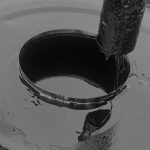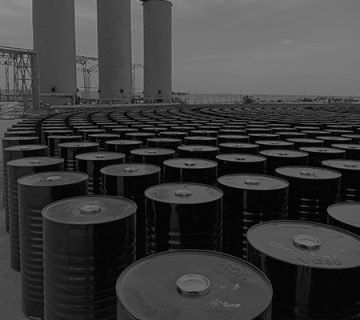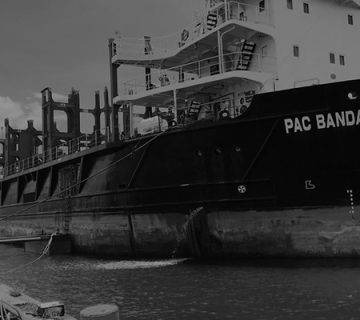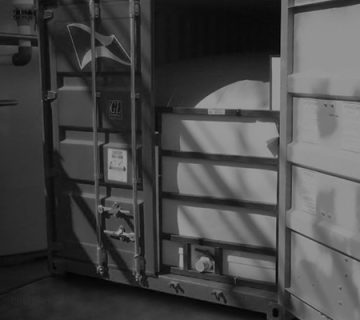Description of Bitumen Coating
110-f and 250-f Production of bituminous coating compositions with greatly improved application and drying properties, and coatings with improved properties including resistance to UV radiation and consequent crocodile formation. The softening point is f. The bitumen-coated mass can also contain fillers which tend to separate from the non-thixotropic mass after a short storage period. It has been proposed in the past to add inert colloidal fillers such as silica to obtain thixotropic properties and thicker films when applying the composition. However, even such inert fillers tend to affect only solution properties and are usually present in finished coatings as expensive additives that do not benefit other properties of the coating.
Different Types Of Bitumen Coating
1. Prime Coat
This is the first application of a low-viscosity liquid bituminous material to existing porous surfaces such as WBM base courses. The primary purpose of primers is to use low viscosity binders to clog the capillary voids in porous surfaces. Primarily SC or MC cutbacks are suitable grades and are selected based on surface porosity.
Functions
The most important function is to improve adhesion between existing previous substrates and the wear course. It binds dust and loose particles together to form a hard, tough surface. Provides a temporary seal to prevent surface water from seeping through the surface.
2. Tack Coat
Application of bituminous material to existing impermeable road surface treated with primer. Tack coat generally has a higher viscosity of kg/10m2, depending on the type of surface. feature:
Functions
Provided to improve proper connection between existing impermeable subsoil and wear surfaces.
3. Seal Coat
Seal coat is applied as a top coat mainly to the sealing surface of bituminous pavement. Premixed sand-bitumen (hot mix) sealer coatings are commonly used over premixed carpet. The main function of the sealing layer is to prevent water ingress and develop a non-slip texture.
Functions
Create a waterproof surface. It improves visibility at night and realizes a non-slip texture. Improve the wear resistance of the existing road surface.
4. Surface Dressing
This is the process of applying two or more layers of bituminous material to a prepared substrate. This layer consists of a suitably rolled ground aggregate and a sprayed bituminous binder.
Functions
Prevents removal of binding material and damage to the road due to the impregnation effect. This makes it easier to clean and wash roads as dust pollution is reduced. Smooth roads reduce tire wear.






No comment